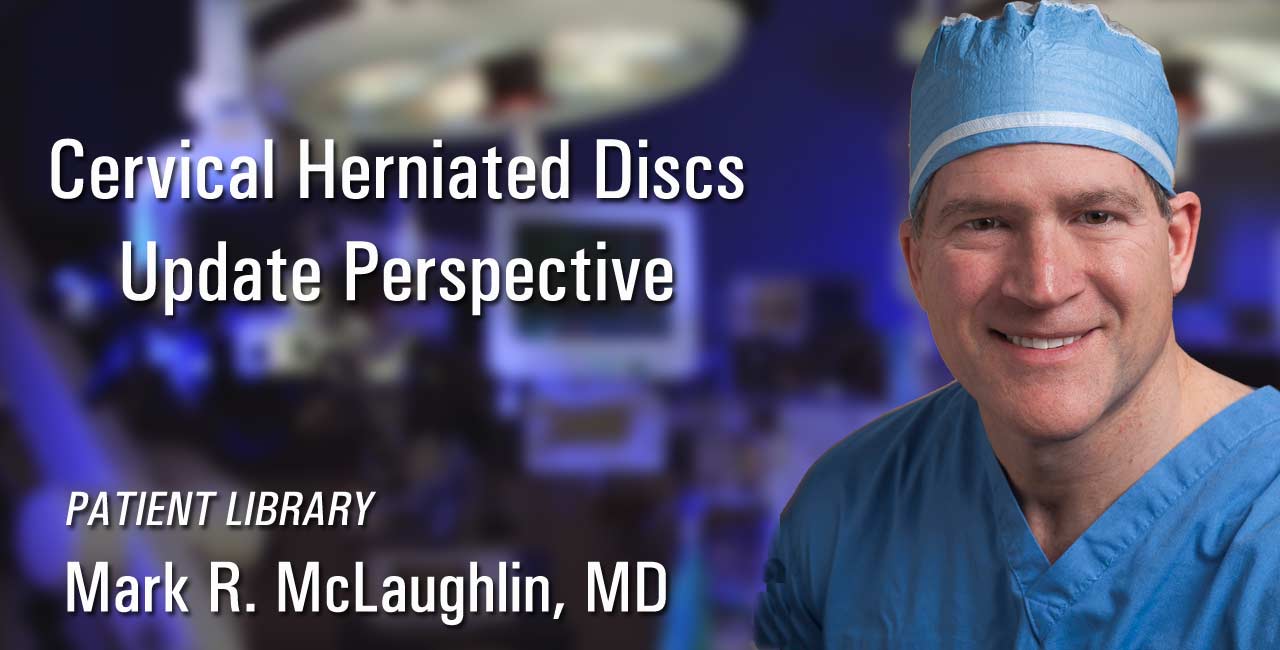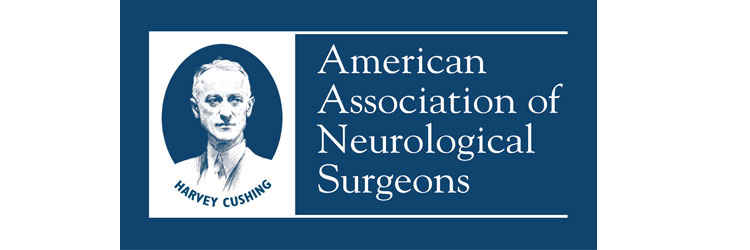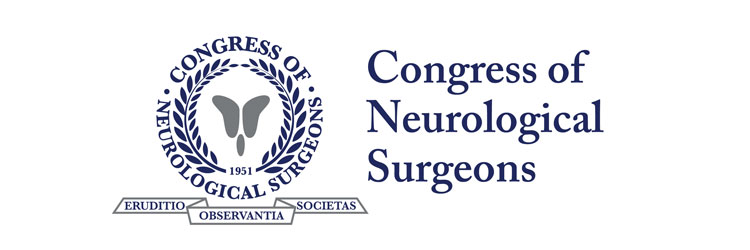Cervical Herniated Discs : An Updated Perspective

By Mark R. McLaughlin, MD, FACS, FAANS
Millions of individuals grapple with the discomfort of neck, shoulder, and arm pain. Among the many conditions that can manifest this type of pain, a common culprit is a herniated disc. Discs, akin to the shock absorbers of a car, are nestled between each of the vertebrae in the spine. The vertebrae are the bones that most people imagine when they picture a spine.
Each disc is composed of a tire-like outer band (known as the annulus fibrosus) that encircles a gel-like substance (termed the nucleus pulposus).
A herniation transpires when the outer band of the disc fractures or cracks and the gel-like substance from the interior of the disc seeps out. We used the analogy of a tire to describe the construction of the disc.
This leakage places pressure on the spinal canal or nerve roots. In some cases, the nucleus releases a chemical that can incite irritation to the surrounding nerves, leading to inflammation and pain.
Symptoms
The symptoms of a cervical herniated disc might encompass:
- Dull or sharp pain in the neck or between the shoulder blades, which can intensify in certain positions or after specific movements.
- Pain that radiates down the arm to the hand or fingers (a phenomenon known as radiculopathy).
- Numbness or tingling in the shoulder or arm.
The Genesis of Disc Herniation
Most Cervical Disc Herniations occur as a result of sudden stress. This may happen during movements resulting in sudden flexion, extension, or twisting of the neck, such as during a fall or auto accident. In some cases, herniations develop gradually, over weeks or months. Some risk factors that can contribute to the chances of a disc herniation, include:
- Aging: As we journey through life, discs may gradually dry out, affecting their strength and resiliency.
- History of major or minor trauma to the cervical spine.
- Lifestyle choices: Lack of regular exercise, not consuming a well-balanced diet, and tobacco use substantially contribute to poor disc health.
- Poor posture, incorrect and/or repetitive lifting or twisting can place additional stress on the cervical spine.
Diagnosis
Effective treatment is always founded on an accurate diagnosis. A comprehensive diagnostic process includes:
- Medical history: Your doctor will engage in a dialogue about your symptoms, their severity, and the treatments you have already explored.
- Physical examination: You will be carefully examined for limitations of movement, problems with balance, and pain. During this exam, the doctor will also search for loss of reflexes in the extremities, muscle weakness, loss of sensation or other signs of spinal cord damage.
- Diagnostic tests: Generally, doctors initiate their investigation with plain x-ray films, which enable them to rule out other problems such as infections. CT scans and MRIs are often used to give three-dimensional views of the lumbar spine and can help detect herniated discs.
Non-Operative Treatment
The encouraging news is that most cases of cervical disc herniation do not necessitate surgery! There are a number of non-surgical treatments that can help alleviate symptoms. These include the following:
- Pain medications such as anti-inflammatories to reduce swelling and pain, muscle relaxants to calm spasm, and narcotic painkillers to alleviate acute pain.
- Heat/cold therapy, especially during the first 4-48 hours.
- Physical therapy exercises such as gentle massage, stretching, and neck bracing or traction to decrease pain and increase flexibility.
- Cervical Immobilization- sometime a hard cervical collar can settle the pain down.
In conjunction with these treatments, medical staff may educate patients about risk factors to avoid, healthy posture, good body mechanics, and suitable exercises. Quality education can lead to a healthier spine in the long run.
Surgical Treatment: The Path Beyond Non-Operative Measures
If the non-operative measures do not yield the desired results, your doctor may recommend embarking on the journey of surgery. Every case is different and it’s important that you choose an experienced specialist.
An anterior (from the front) cervical discectomy is probably still the most common surgical procedure to treat damaged cervical discs. The goal of this procedure is to relieve pressure on the nerve roots or on the spinal cord by removing all or part of the damaged disc.
During the surgery, the soft tissues of the neck are separated to expose the offending disc, much like an archaeologist would carefully excavate a site. The disc is then removed to decompress the spinal cord or nerve roots. If necessary, the space left by the removed disc will be filled with a bone graft – a small piece of bone usually taken from the patient’s hip. The bone graft is used to join or fuse the vertebrae together, much like the way a broken bone heals. This is called a fusion. In some cases, some instrumentation (such as plates or screws) may be used to help promote fusion and to add stability to the spine.
Another option may involve posterior cervical surgery, where a portion of the bone covering the nerve may also need to be removed. This procedure is called a laminotomy.
Fortunately, these procedures can often be done utilizing minimally invasive techniques. Minimally invasive surgery uses smaller incisions and very small specialized instruments such as microscopes and endoscopes.
Image guided surgery has also become more significant in cervical surgery. Image guidance is achieved through the use of a high-performance computer system, medical algorithm software, high-resolution monitor, cameras, and unique instruments.
In the light of modern advancements, cervical arthroplasty has emerged as an indicated treatment for certain cervical conditions. This procedure involves replacing the diseased cervical disc with a synthetic disc that helps maintain normal neck motion and reduces the chances of degeneration in the adjacent segments of the cervical spine. This can be likened to the introduction of new technologies and ideas in a civilization, leading to a period of renewal and progress.
Recovery: What to Expect
Most patients can begin getting out of bed on the same day surgery is performed! Patient activity is gradually increased and patients are typically able to go home within one day after their procedure and often the same day, depending on the extent of the surgery. As with most surgeries, there will be some pain after the procedure. However, doctors these days have considerable expertise at minimizing pain and discomfort. Pain medications will be available to keep you comfortable.
At home, you will need to continue to rest. You will be instructed on how to gradually increase your activity. You may still need to take the pain medications for a while. However, pain and discomfort should begin to reduce within a week or two after surgery. Other techniques for reducing pain and increasing flexibility will be discussed with you before you leave for home. When you can return to work and other activities such as sports and driving will also be discussed with you before you leave."
What to Know About Cervical Disc Herniation on HealthCentral
(Medical Review by Mark R. McLaughlin, MD)



